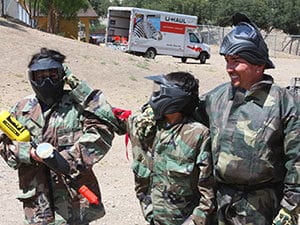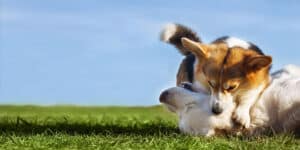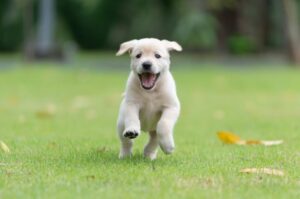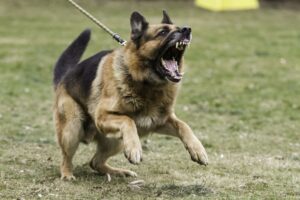
By Cesar Millan
Today marks the end of the month-long event known as the World Cup and, even living in a country that usually doesn’t pay much attention to fútbol, like the U.S., this event definitely got people’s interest.
Now I know that some of my staff watched the games during work, but that’s okay. Humans form bonds over things like sporting events, especially when they root for the same teams, which creates a stronger pack. It can also be a healthy outlet for our natural competitive urges.
But there are unhealthy sides to human bonding in teams, when competition becomes aggressive. We can also pass the unhealthy effects on to our dogs when we take our urge to form teams into their world.
Human Bonding Vs. Dog Bonding
What makes a human pack, or a team, or a country? Something in common. Families are created because people share DNA, while friendships are created because people share interests or situations. Teams are formed based on abilities and talent. Countries are formed based on shared geography, culture, and language.
These things don’t apply in any way when it comes to how our dogs form packs. DNA doesn’t do it. Male dogs generally abandon their mate and litter immediately and don’t want to have anything to do with them, while siblings in a litter won’t automatically want to have anything to do with each other just because they’re related.
Situations make no difference. Just because you put two or more dogs in the same house or park or doggy day care, it doesn’t mean that they will automatically make friends, or at least polite conversation, like humans would.
Abilities and talent? Dogs don’t even know what those are — which is why, for example, a dog with only two legs gets along just as well as a dog with four.
Geography, culture, and language? Again, meaningless to dogs.
So… what makes a dog pack? The one item I left out: common interests. The one common interest of a dog pack is survival. And the one thing all members of that pack have in common is that they are dogs. This is what creates the dog “team.”
Dogs do not see breed, but that’s often the only thing that humans see. Just like we identify human groups like the Joneses, or the Dodgers, or Pittsburgh, or Denmark, we identify our dogs by breed, like Yorkies, or retrievers, or pit bulls, or Great Danes.
So, what happens? We give way too much affection to small, cute dogs, and are way too fearful of large, powerful dogs. We force our dogs onto teams based on their appearance, and then root for the ones that make us feel the safest.
Bonding through Energy
But the important thing to look at in a dog is not their breed. It’s their energy. Energy is the way in which animals communicate. Remember, the way a dog sees itself is in this order: animal, species, breed, name. I’d be much more worried about a very high energy Chihuahua than I would be about a low energy German shepherd.
It also depends what kind of energy a dog is projecting. Is it positive or negative? Anxious, fearful, or aggressive energies are negative. Curious, playful, or submissive energies are positive. And, ultimately, energy is what your dog will respond to.
There’s one other terrible side-effect of humans tending to put breed ahead of animal and species. This is when entire breeds are vilified, and considered too dangerous to live. These would be pit bulls, Rottweilers, German shepherds, Doberman pinschers, and every other breed that has been proclaimed dangerous over the years.
But dog psychology tells us that breed has nothing to do with a dog’s behavior. The genetic differences between a Pomeranian and a Saint Bernard are insignificant. Both of them are dogs, first and always. The only difference is in their physical abilities but, again, dogs don’t care about that. Only humans do.
So I have two lessons for you today. The first is that all dogs work the same way. Ignore breed, focus on species. Bring balance to your pack by achieving calm, assertive energy.
Second lesson: humans can learn a lot from dogs, especially by learning to ignore “breed” and embrace species.
Stay calm, and connected.











